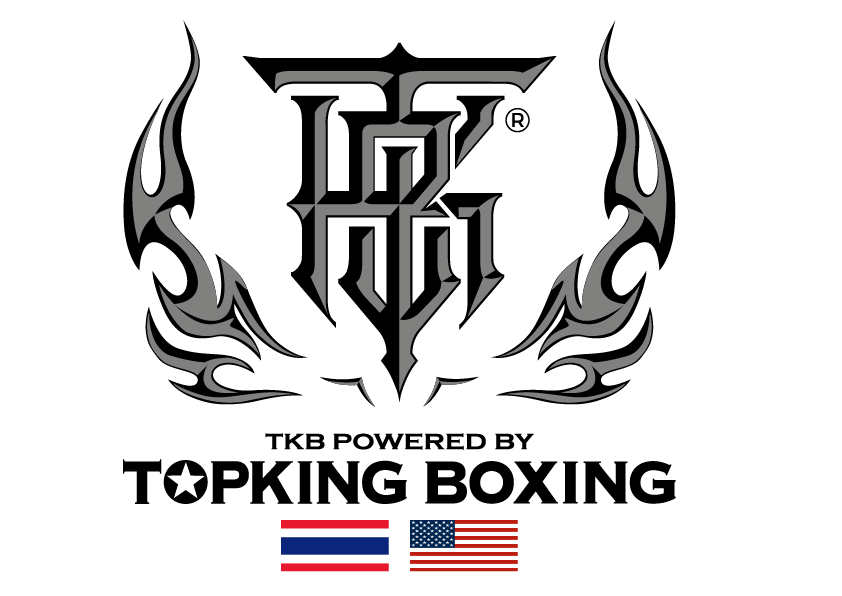
Fighting Muay Thai in Thailand transcends a mere competition; it immerses fighters into a tapestry of ancient rituals and traditions deeply rooted in the sport's birthplace. Here’s a detailed walkthrough for those preparing to step into the ring in Thailand. Your first fight will most probably be at a local stadium.
Preparation and Rituals Before the Fight
- Arrival at the Stadium: What to expect; all Muay Thai stadiums in Thailand consists of the following - Thai gamblers on one side who will be crowded in one section, the live Thai band who will be carrying the fight tempo and the holiday makers turned spectator looking to get a authentic taste of national Thai sport. Upon entering backstage in the fighters section, you’ll instantly smell the Thai liniment oil which should already be familiar while training a Muay Thai gym for this bout. The nerves are normal, if they haven’t set in yet they surely will. Conquering these nerves is not feeling this fear, its feeling it and doing it anyway.
- Getting your hand wrapped: Backstage when have settled, your trainer will wrap your hands with gauze and tape to protect your wrist and fists for the brutal fight. Use this process to get into fight mode and focus on the upcoming battle. This isn’t a sparring session, this is the real thing.
- Massage: You’ll need to put on your Muay Thai shorts and (metal) groin guard before getting your massage. Your trainer or corner man will perform a whole body massage with the traditional burning Thai liniment oil to warm up the body. The smell cannot be missed, it hits you in the face. When applied the light burning sensation on the skin helps heat up the muscles. The technique of massaging the oil involves rapid strokes to your legs and arms to stimulate the muscles to help keep you loose and ready to rumble. Another Thai technique applied during the massage process is removing air from your stomach. It involves the fight either lying down or back up against the wall, they then take a deep breath in and while they exhale the trainer/corner man will press down on your stomach with both hands starting from the sternum and rolling all the way down just past the belly button. This is usually done 3 times.
- Shadow Boxing: Instead of the conventional pad work used to warm up which is a technique usually used in other countries; fighters just engage in light shadow boxing to loose up and help channel the nervous energy. This preliminary exercise allows fighters to warm up with out hitting pads. Traditionally all fights at local stadiums are 5 rounds with the first round being slow to help both fighters to warm up.
- Putting on gloves: The process of putting on the boxing gloves is a little different. Once the gloves are on, the laces are crossed over the top of the glove then pressure is applied and slid down the top of the glove to compact the padding to better expose the knuckle—a tradition that varies in acceptance across different countries' regulations.
- Apply Vaseline: Vaseline is applied to the face, specifically on the eyebrows, cheeks and nose and at times the chin area. This is so when punched (and the elbow), the glove is encouraged to slide off the face.
- Mongkol Ceremony: The Muay Thai fighters attire consists of the:
- The Mongkol - is a traditional headpiece circlet worn around the head
- The Pra Jaid -is an arm band worn on either both or single arm above the bicep
- The Phuang Malai - also known as Muay Thai garlands, are floral wreaths traditionally worn around a fighter's neck upon entering the ring.
The Mongkol ceremony epitomizes the connection between fighter and trainer. The fighter’s hands raised and together (in prayer) while the trainer holds the Mongkol within their hands - he says a pray then puts the Mongkol on his fighter. The ‘Pra Jaid’ (arm band) and ‘Phuang Malai’ are then put on.
- Putting on the Robe: The Fight robe is then put on to keep you warm while waiting for the fight to start.
- Sitting Ringside: Once you are ready you'll sit ringside next to your opponent. This practice ensures fighters are ready to enter the ring should a quick knock out conclude the fight, then both fighters are ready to start.
- Entering the Ring: When signalled, you will walk up to the ring steps and bow in prayer before walking up – this is optional, though it marks respect and preparation. Some fighters do this process of bowing in pray before stepping into the ring.
Muay Thai tradition calls for male fighters to enter the ring over the top rope. The trainers and cornerman assist by pushing down the ropes and in a deeply symbolic act, the fighter then steps over the ropes.
It varies for female fighters who enter through the bottom rope. Recently there have been developments in this tradition, where female fighters have been allowed to enter through the middle rope in recent years.
Once in the ring the trainer/corner man removes the robe.
- Sealing the Ring and the Wai Kru – Ram Muay: Inside the ring, the ceremonial sealing of the ring begins. This is a Muay Thai tradition that must be completed by all fighters fighting Muay Thai in Thailand. The fighter waits in the corner waiting for the ‘sarama’ music (Thai music played by the live band) to begin. This entails bowing at each corner of the ring (starting with their own), tapping each corner 3 times in an upward sequence, then moving onto the next corner, walking to each corner while running their hands on the rope (counter clockwise around the ring, but some rare cases the gym asks to go counter clockwise) with their left hand up, repeating this ritual at each corner.
Once the ring has been sealed then you immediately begin the Wai Kru/Ram Muay. This is a dance ritual which is performed in the centre of the ring. Every gym and/or trainer has a variation of the Wai Kru. Fighters usually use this process to get in the zone.
- Ready to Fight: Once completed the fighters meet in the centre with the opponent and referee, rules are reviewed and equipment checked.
Back in the corner, the trainer removes the Mongkol headband with the same reverence it was placed. This symbolic act signifies the transition from ritual preparation to the intensity of combat.
- What to Expect During the Fight
The first two rounds are considered feel-out rounds, not contributing to the official score. This period allows fighters to assess their opponent's strategy and timing.
Out of mutual respect, elbows are generally avoided in the first round.
3rd and 4th are the biggest rounds for scoring points. If a fighter wins the 3rd and 4th round you have won the fight. In this case, in the 5th round fighters out of respect just walk around in circles not continue to hurt each other as a winner has already been determined. The rules and scoring system in Thailand is very well known so usually the gamblers, trainers and fighters know who has won the fight. If the winner is still not known at the beginning of the round, the 5th round is fought hard.
The gamblers on the side of the ring are a good indication of how you are doing. The gamblers betting on you will usually tell you to hold back if you are winning or to keep attacking if you are losing.
- Post-Fight Tradition:
At the conclusion of the fight, it is a sign of respect and common practice for a fighter to get on his knees and bow to his opponent.
Winners leave the ring over the top rope.

